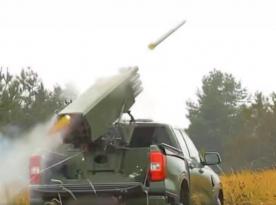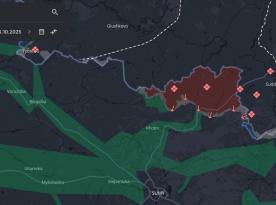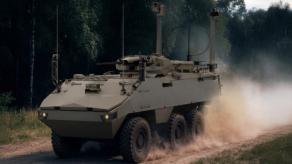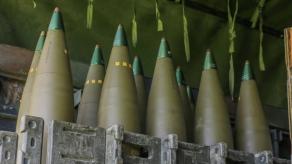Following the successful Israeli Air Force strike on Iran’s nuclear facilities and air defense assets, one conclusion seems clear: russia simply abandoned Tehran. There has been no visible support from the Kremlin to help its Iranian "partners" repel the Israeli attacks.
To illustrate this dynamic, it is worth revisiting the history of how Iran acquired its MiG-29s and Su-24s, the origins of the rumors about a potential MiG-31 purchase from russia, and why neither side ultimately got what they expected. This background reveals just how "close" Moscow–Tehran defense cooperation has truly been over time.
Read more: How Israel's Strikes on iran Affect Ukraine — It's More Than Just Shahed Drones and Anti-Aircraft Missiles
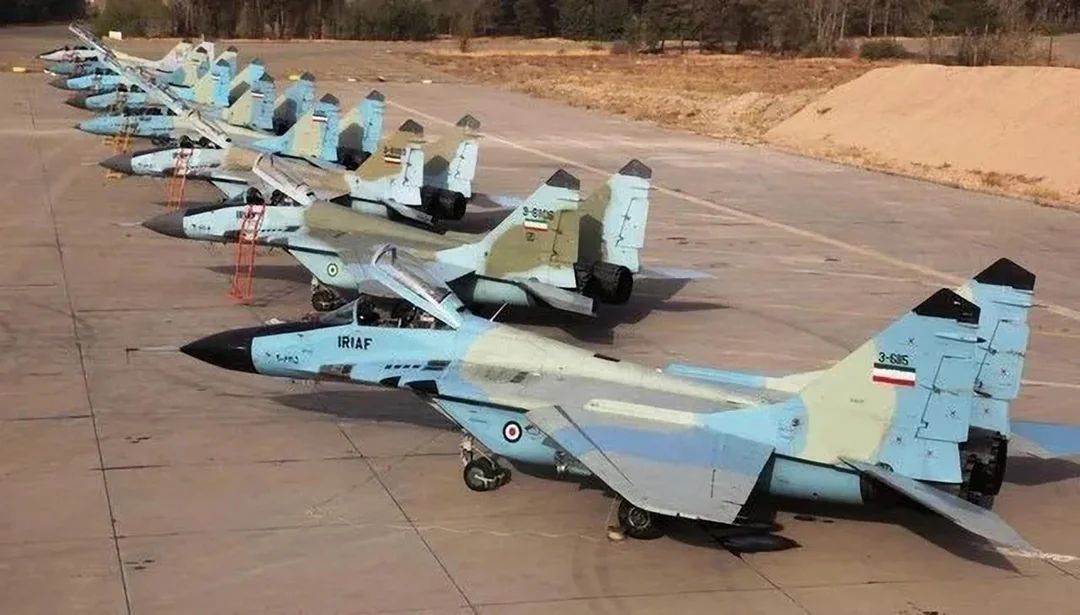
According to russian sources, the story begins during the Iran–Iraq War (1980–1988), when the Soviet Union allegedly offered military equipment and aircraft to the newly established Islamic Republic of Iran. At the time, however, Tehran reportedly declined.
Actual cooperation began in 1990, when the Soviet Union was desperately searching for export revenue, while Iran needed to rebuild its armed forces after eight years of exhausting war with Iraq.
It is claimed that in 1990 alone, Moscow supplied Tehran with up to $890 million worth of weapons (at the exchange rates of the time). However, it remains unclear what exactly Iran paid such a large sum for. According to available data, Iran received only 14 MiG-29 fighters that year. In 1991, it received an additional 20 MiG-29s (including MiG-29UB trainers) and 12 Su-24 bombers. Over those two years, Iran also received 350 R-27R and 576 R-60 air-to-air missiles for the MiG-29s.

Between 1993 and 1994, Iran received six more MiG-29/UB fighters and 94 R-27R missiles. However, the final tally must also include several MiG-29s and 23 Su-24 bombers that flew from Iraq to Iran during Operation Desert Storm in 1991.
A key nuance is that during this period, Moscow had far greater ambitions for arms sales to Tehran. Open-source records suggest that russia hoped to sell Iran as many as 68 MiG-29s, 24 MiG-31 interceptors, 12 Tu-22M bombers, and even a few A-50 early warning aircraft as a "bonus." Although these deals never materialized, particularly the delivery of MiG-31s, Tu-22Ms, and A-50s, the mere existence of such proposals gave rise to recurring rumors of a MiG-31 sale to Tehran.
After 1993, under Yeltsin’s russia, a major shift occurred. Under U.S. pressure, Moscow stopped supplying spare parts and providing maintenance support for Soviet-designed aircraft operated by Iran. Nevertheless, russia continued delivering surface-to-air missile systems, such as the S-200VE and Tor, and even sold Iran three Project 877 diesel-electric submarines.
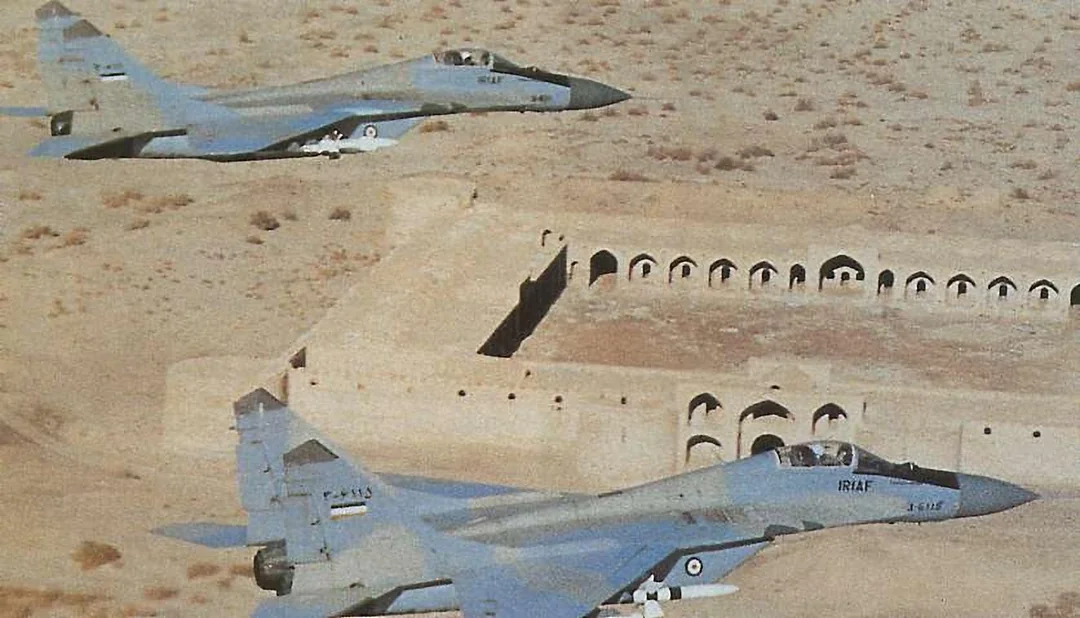
In 2005, rumors circulated in the russian press that Moscow intended to sell at least five MiG-31s to Syria, which would then supposedly be transferred to Iran. However, these plans were never realized.
This historical overview clearly demonstrates that in its dealings with satellite states, russia often operates under the principle of "paying lip service": empty promises with no follow-through, especially when under external pressure. It is therefore hardly surprising that the Kremlin offered no real assistance to Tehran during the Israeli strikes on June 13, 2025.
Read more: Why Israel’s Strike on iran’s Air Defenses is More Significant Than Hitting Nuclear Sites





